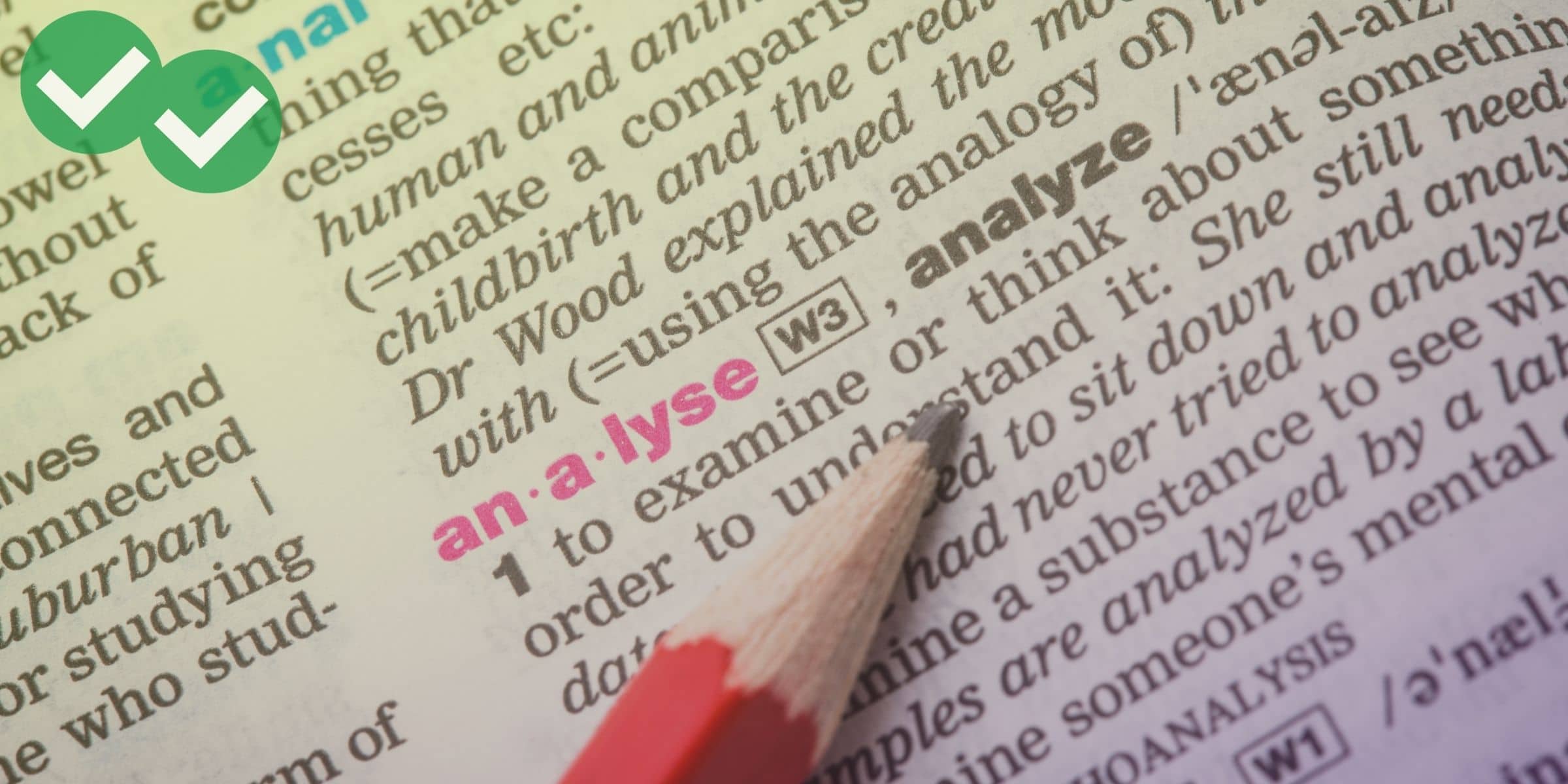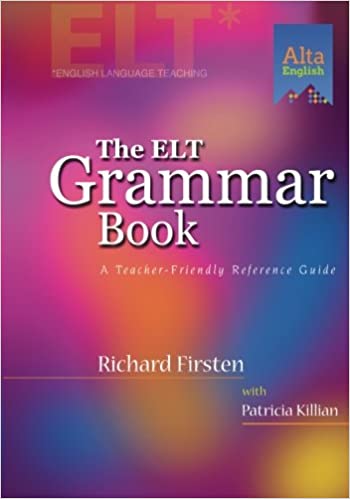“Who” and “whom” are relativizers, words that either give extra information about a noun or categorize a noun. This blog already has a few lessons on relativizers. A lot of students find it especially hard to use the relativizers “who” and “whom” correctly. Recently, one of my students asked me if I could explain “who” and “whom” a little more in-depth here on the blog.
Who/whom follow somewhat different rules when they are used in statements and when they appear in questions. This post will focus on the use of these two relativizers in statements. Below is a chart of the statement rules for who/whom.
Chart: Who vs. Whom in Statements

Read that chart carefully. Then do the sentence creation activities below. Be as creative as you can. Experiment with a variety of sentence structures for statements. For each task, I’ve given you example sentences to help get you started. Each example sentence includes a brief explanation of the sentence structure. You do NOT have to write explanations of sentence structure in your own answers. (Unless you really want to. 😉 )
Chart Activity 1:
1) Write two FORMAL SENTENCES where “who” is used as the subject of a sentence or clause.
Example answers:
- The man who gets the most votes becomes president. (“Who” is the subject of the clause “who gets the most votes.”)
- I don’t know who is arriving. (Who is the subject of the clause “who is arriving.”)
2) Write two FORMAL SENTENCES where “whom” is used as the object of the verb.
Example answers:
- The advertising executive whom I spoke to yesterday assured me that the company had approved the new advertising campaign. (“Whom” is the object of the phrasal verb “spoke to.”)
- That is the woman whom I will meet tonight. (“Whom” is the object of the verb “meet.”)
3) Write two INFORMAL SENTENCES where “who” is the object of the verb.
Example answers:
- My mother, who I spoke to this morning, was very happy. (“Who” is the object of the phrasal verb “spoke to.”)
- That’s the football team who the crowd cheered last night. (“Who” is the object of the verb “cheered.”)
4) Write one FORMAL SENTENCE where “who” is the subject of a sentence or clause, and “whom” is the object of the verb.
Example answer:
- I don’t know who visited their house, or whom they visited. (“Who” is the subject of the clause “who visited their house.” “Whom” is the object of the verb “visited.”)
5) Write one FORMAL SENTENCE where “whom” is used as the object of a preposition and as the object of a verb.
Example answer:
- The people whom I will address today are not the same people with whom I spoke yesterday. (The first “whom” is the object of the verb “address.” The second “whom” is the object of the preposition “with.”)
6) Write one INFORMAL SENTENCE where “who” is used as the object of a verb and also as the subject of a sentence or clause.
Example answer:
- The supervisor who I report to is also the supervisor who makes the most important decisions. (The first “who” is the object of the phrasal verb “report to.” The second “who” is the subject of the clause “who makes the most important decisions.”)
7) Write one INFORMAL SENTENCE where “who” is the subject of a sentence or clause, and “whom” is the object of a preposition.
Example answer:
- The person who invented the computer is a genius to whom everyone should be thankful. (“Who” is the subject of the clause “who invented the computer.” “Whom” is the object of the preposition “to.”)
Doing your own sentences in the activities above can really help you master the use of “who” and “whom” in English. But if you’re pressed for time, just carefully read the chart and the example sentences above. You’ll find everything you need to know about “who”” and “whom” in statements. In my next post on this subject, we’ll look at the way “who” and “whom” work in questions.






Leave a Reply